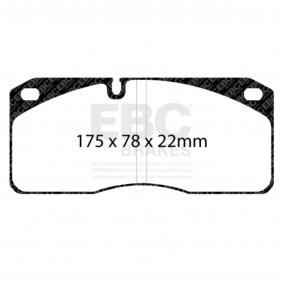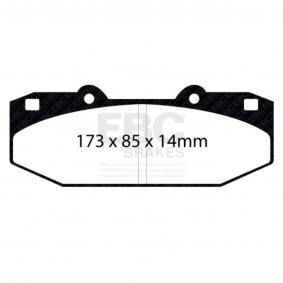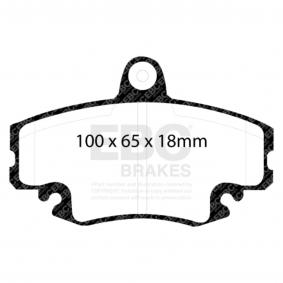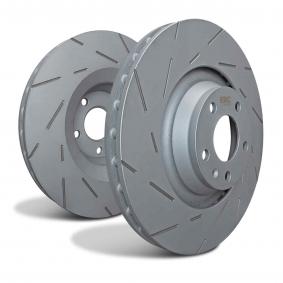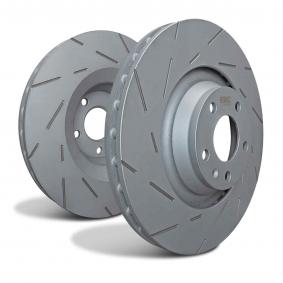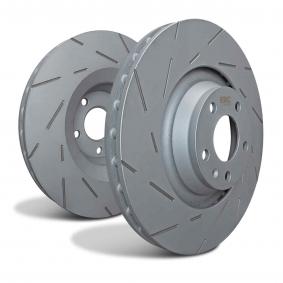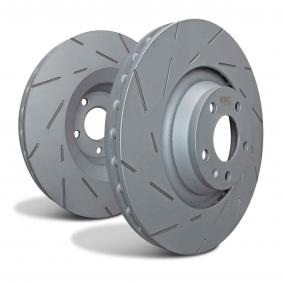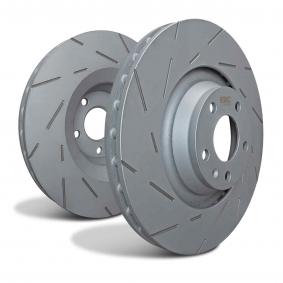PAGID
Brake Pads Shape n°1587 Compound RSL29
PAGID Brake Pads Shape n°1587 Compound RSL29
RSL29 features very good modulation and release characteristics. It is a low metallic resin bonded material containing steel and aramid fibers. The friction level of the material maintains constant at a low-medium level. Another advantage is the easy bedding in behavior.
Very popular in club racing and track days. GT cars, Touring cars and prototype endurance racing. Due to excellent modulation characteristics also often used in sprint races.
All PAGID products are made in Germany!
Length x Width : 76,7 mm x 65 mm
Thickness : 15 mm
Car applications, dimensions and pad schemes are supplied as a guide. Please check your assembly before ordering
Rear brake pads for :
Hyundai Genesis Coupe 3.8 track (years 2010 à 2016)
KTM X-Bow (years 2008 à - )
Mitsubishi Lancer Evo V - Evo IX (years 1998 à 2006)
Nissan 350Z Coupe Track (years 2002 à 2008)
Nissan Skyline GTR (years 1989 à 1995)
Peugeot 308 TCR (years 2018 à - )
Subaru STI 3rd & 4th generation (years 2003 à 2016)
For brake calipers :
AP Racing - CP5119 D50 - pad thickness : 15.0 mm
Brembo - 07.4180. [caliper family E] - pad thickness : 15.0 mm
StopTech - ST22 - pad thickness : 15.0 mm
On vehicle bedding-in procedure:
Step 1 - Breaking-in
Creating a perfect contact-pattern between rotor and brake pad surface.
10 stops with mid pressure and low temperature from 150 km/h (90 MPH) to approximately 80 km/h (50 MPH).
Step 2 - Heating-up
Warm up in order to initiate some core heat in the whole brake system.
A sequence of 5 stops with medium to high pressure from 180 km/h (112 MPH) to approximately 60 km/h (40 MPH) with maximum acceleration between the stops.
Step 3 - Recovery Stops
3 to 5 stops with mid pressure from 150 km/h (90 MPH) to approximately 80 km/h (50 MPH).
RSL29 features very good modulation and release characteristics. It is a low metallic resin bonded material containing steel and aramid fibers. The friction level of the material maintains constant at a low-medium level. Another advantage is the easy bedding in behavior.
Very popular in club racing and track days. GT cars, Touring cars and prototype endurance racing. Due to excellent modulation characteristics also often used in sprint races.
All PAGID products are made in Germany!
Length x Width : 76,7 mm x 65 mm
Thickness : 15 mm
Car applications, dimensions and pad schemes are supplied as a guide. Please check your assembly before ordering
Rear brake pads for :
Hyundai Genesis Coupe 3.8 track (years 2010 à 2016)
KTM X-Bow (years 2008 à - )
Mitsubishi Lancer Evo V - Evo IX (years 1998 à 2006)
Nissan 350Z Coupe Track (years 2002 à 2008)
Nissan Skyline GTR (years 1989 à 1995)
Peugeot 308 TCR (years 2018 à - )
Subaru STI 3rd & 4th generation (years 2003 à 2016)
For brake calipers :
AP Racing - CP5119 D50 - pad thickness : 15.0 mm
Brembo - 07.4180. [caliper family E] - pad thickness : 15.0 mm
StopTech - ST22 - pad thickness : 15.0 mm
On vehicle bedding-in procedure:
Step 1 - Breaking-in
Creating a perfect contact-pattern between rotor and brake pad surface.
10 stops with mid pressure and low temperature from 150 km/h (90 MPH) to approximately 80 km/h (50 MPH).
Step 2 - Heating-up
Warm up in order to initiate some core heat in the whole brake system.
A sequence of 5 stops with medium to high pressure from 180 km/h (112 MPH) to approximately 60 km/h (40 MPH) with maximum acceleration between the stops.
Step 3 - Recovery Stops
3 to 5 stops with mid pressure from 150 km/h (90 MPH) to approximately 80 km/h (50 MPH).
Ref.: PFPA1587RSL29
See all the Brake pads PAGIDSee all PAGID products| Homologation | Non homologuée route |
|---|---|
| Oreca Reference | PFPA1587RSL29 |
| Manufacturer's reference | E158729010 |
| Brand | PAGID |


